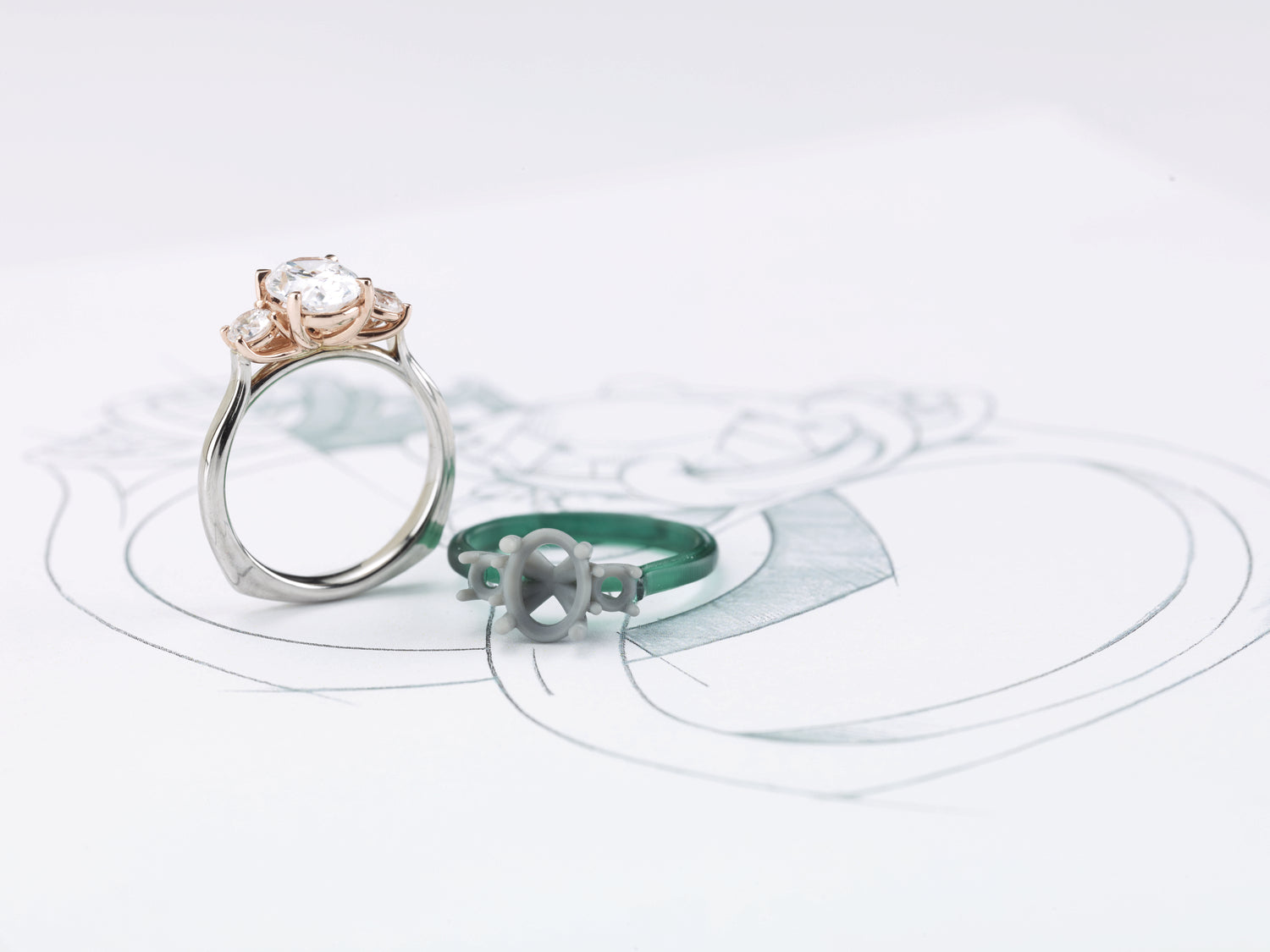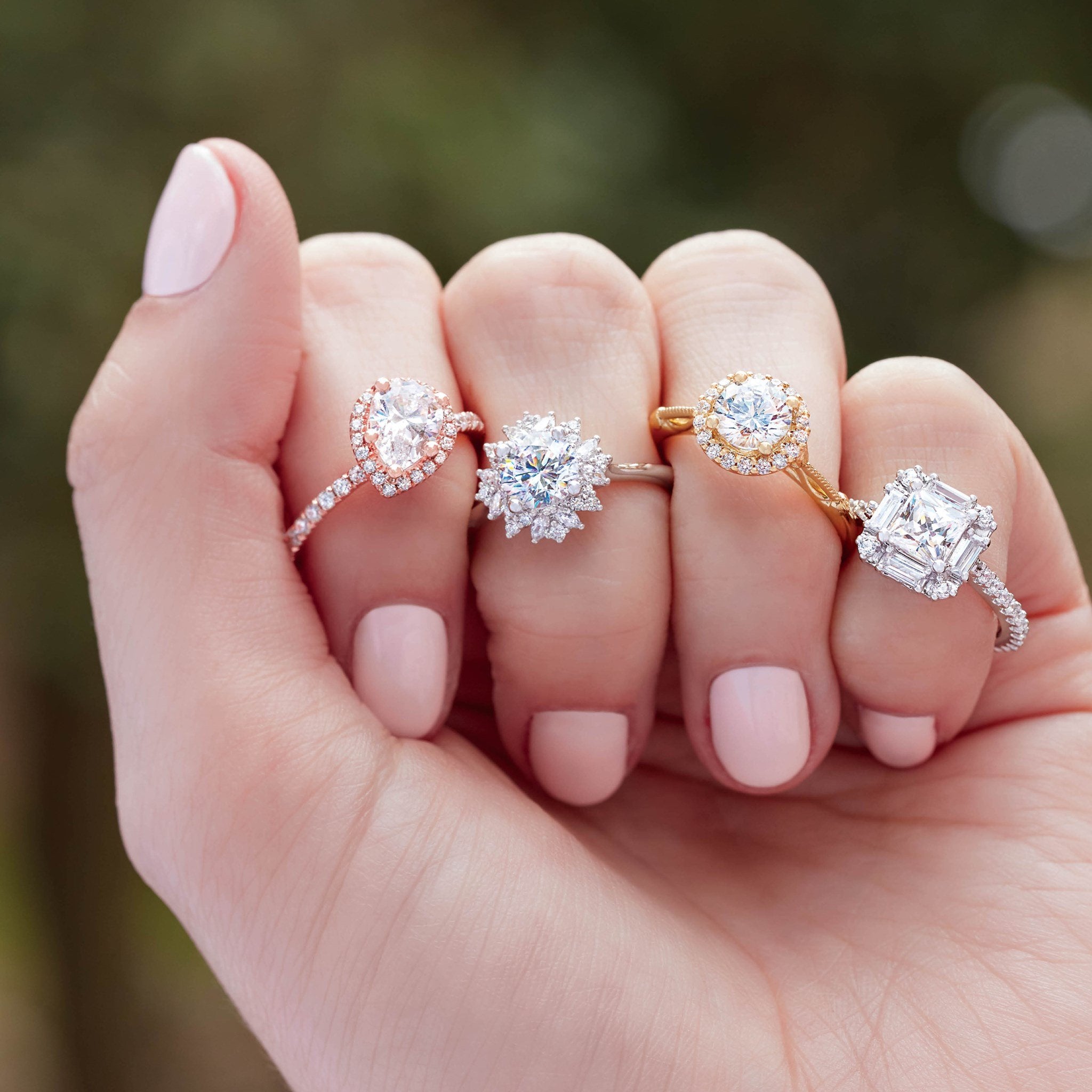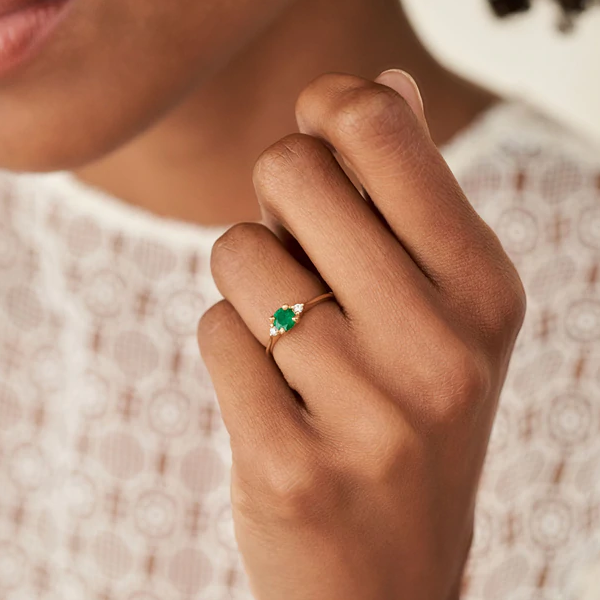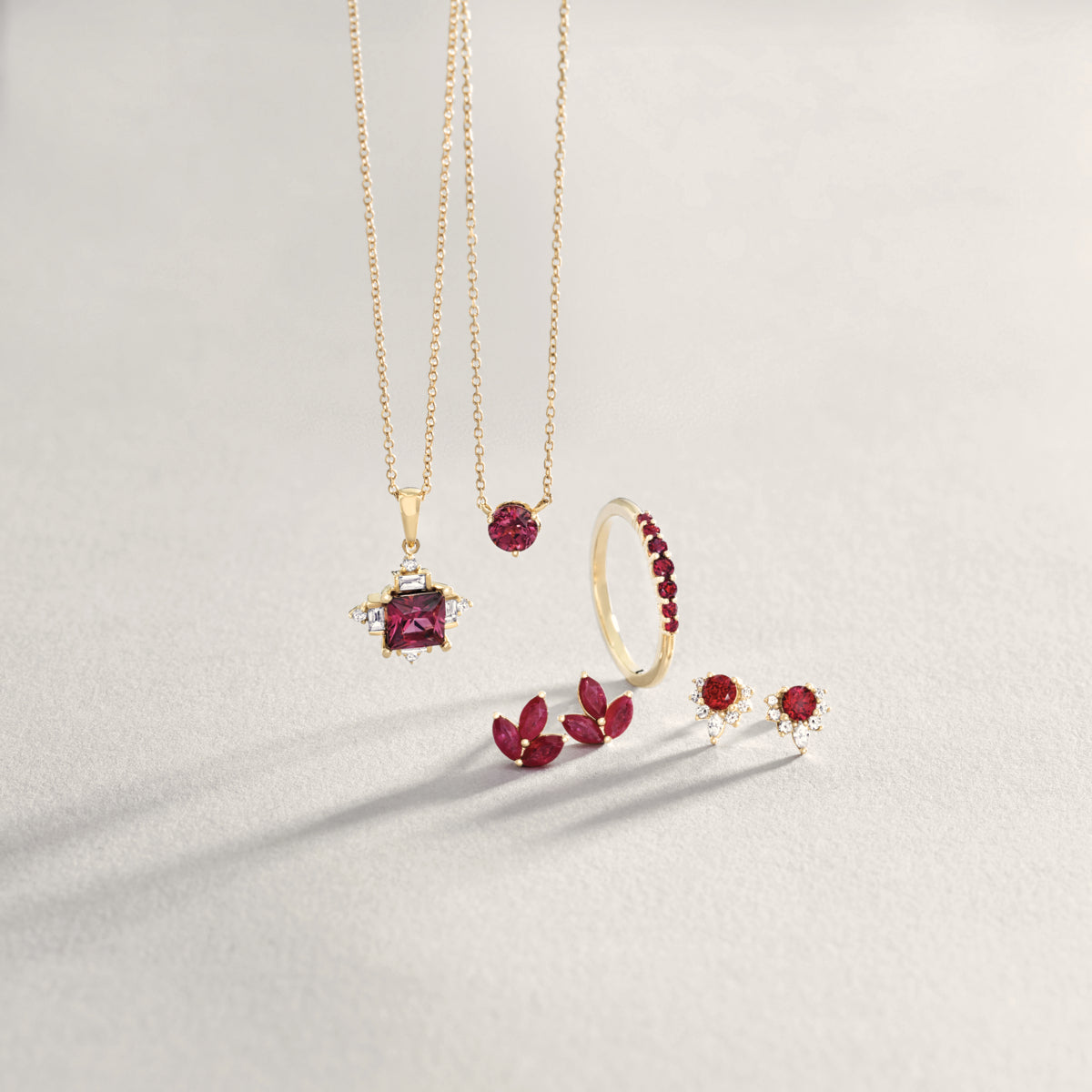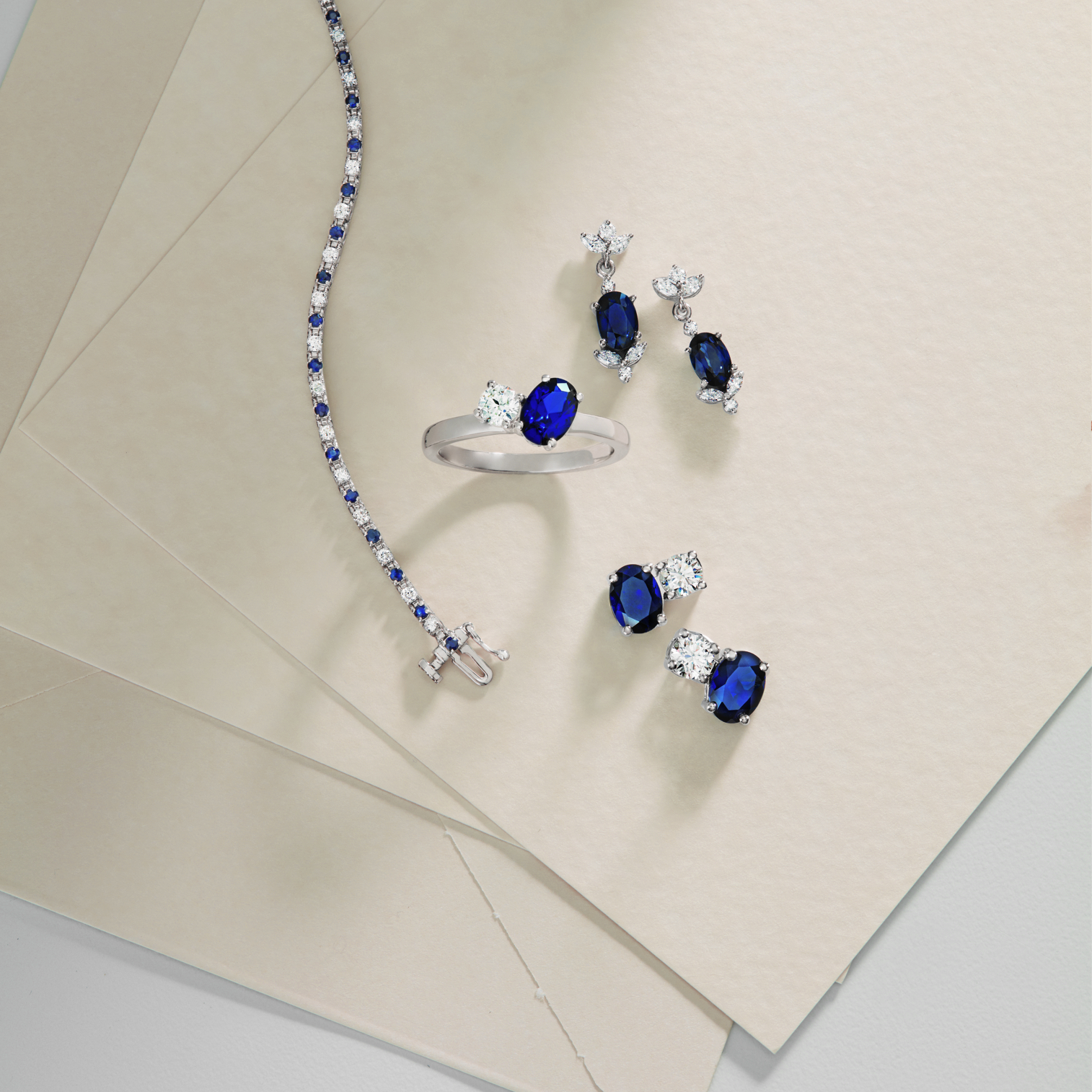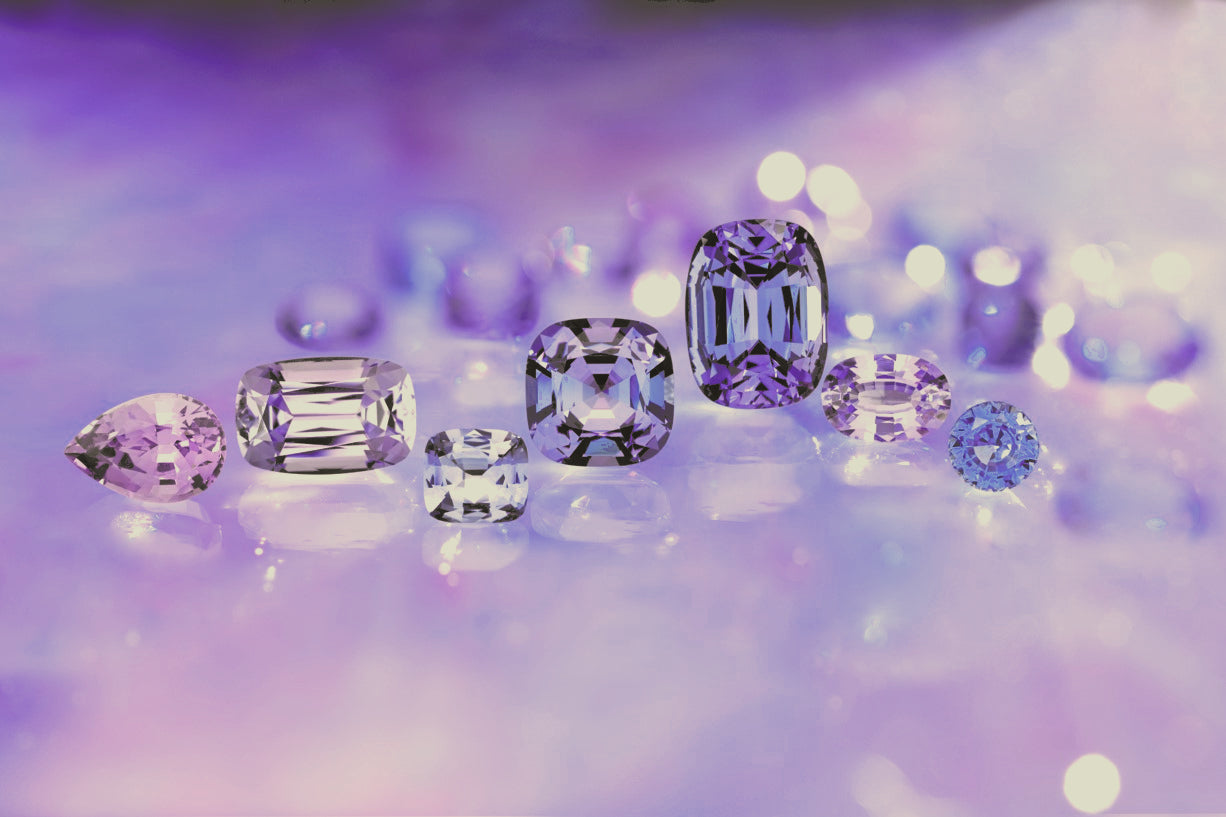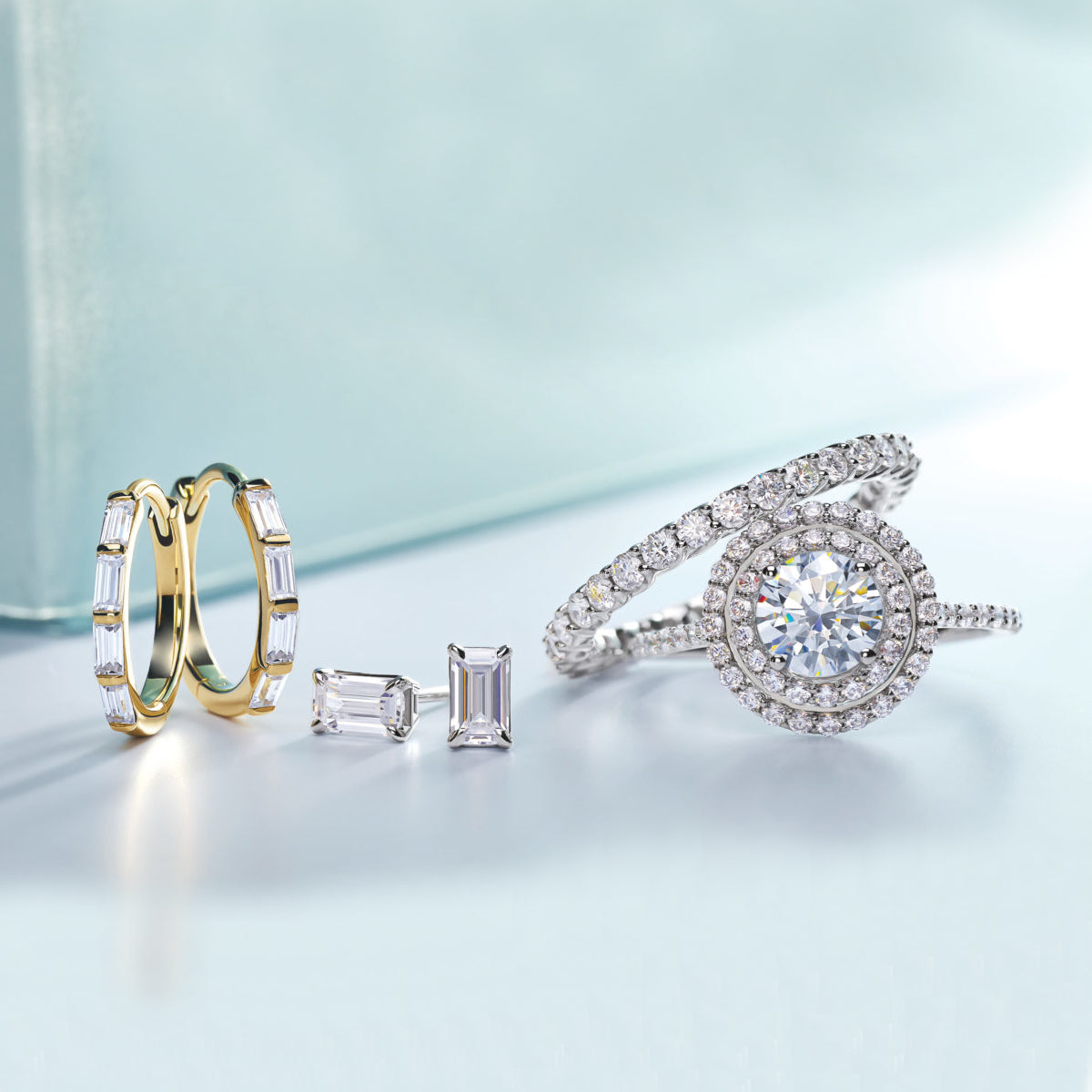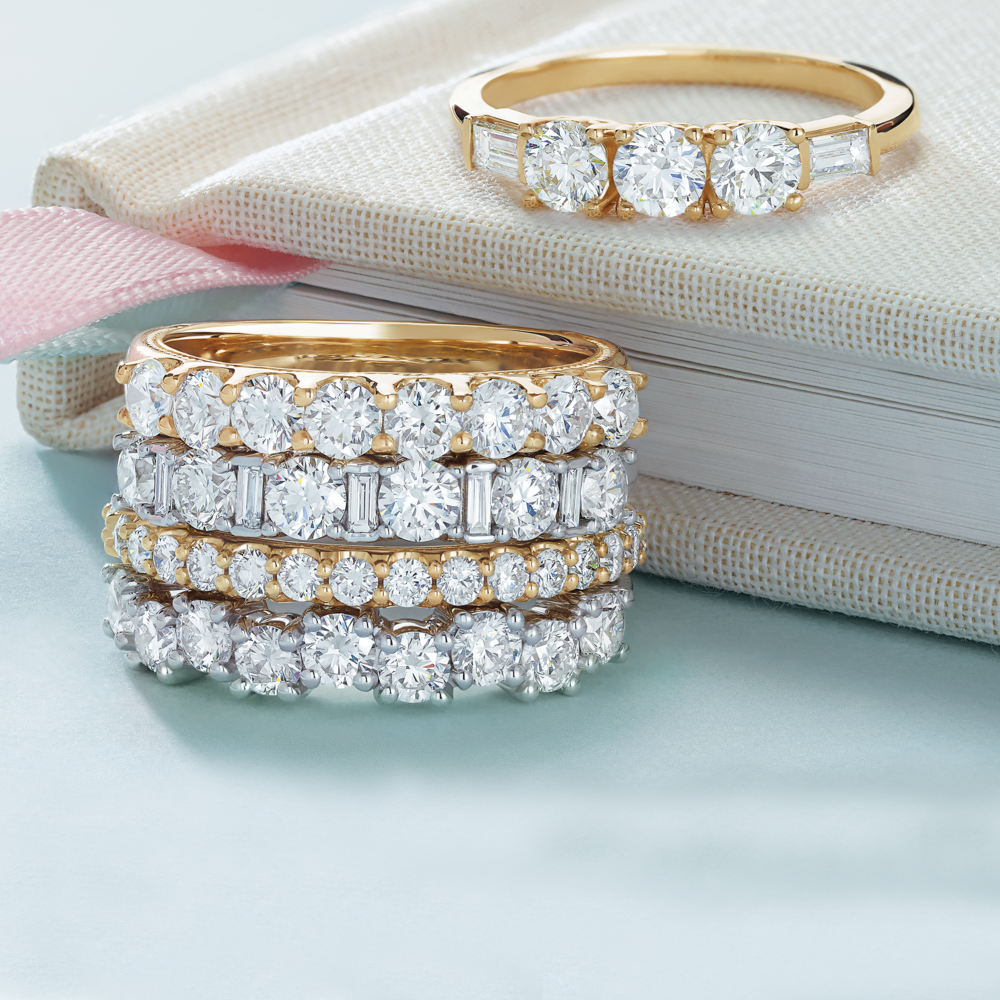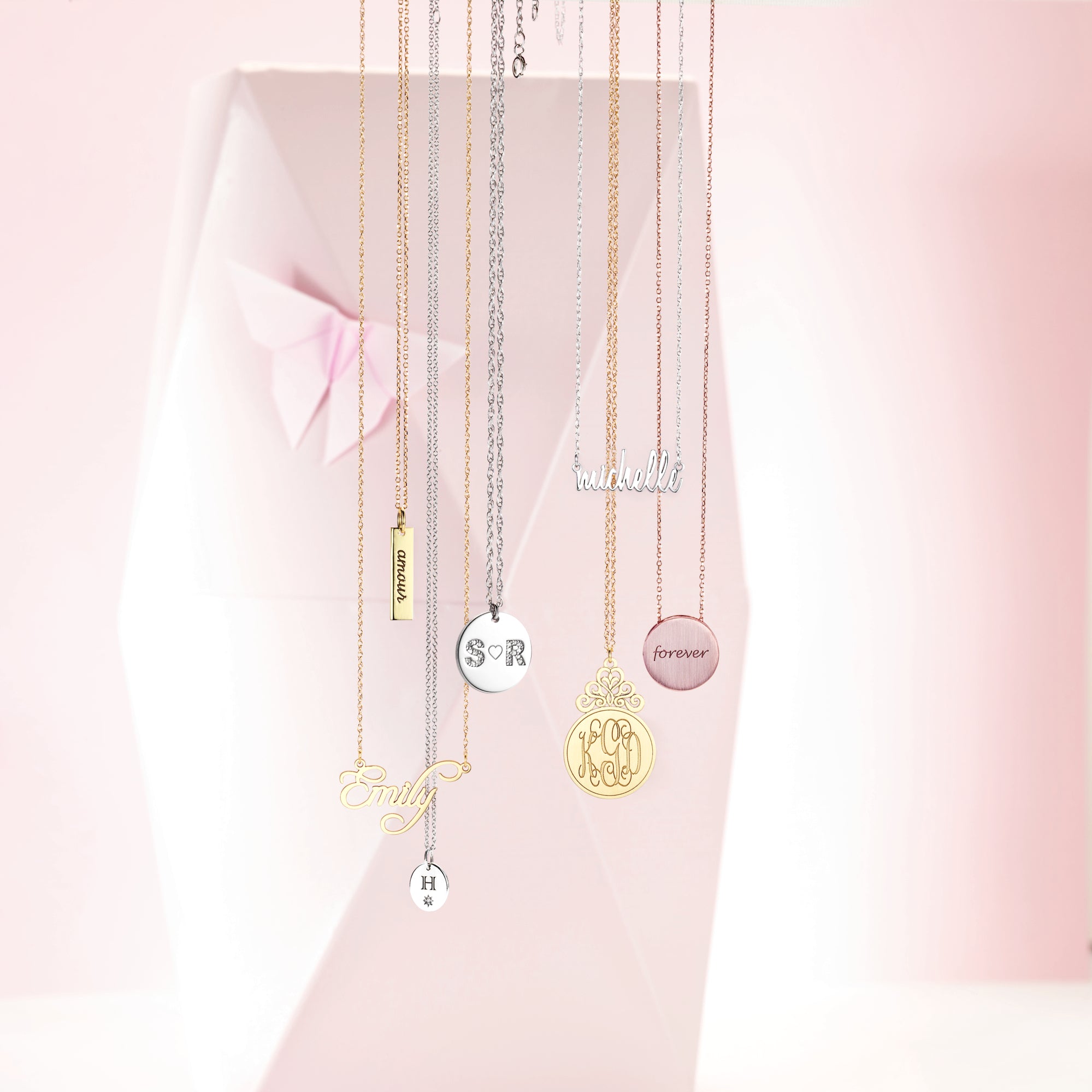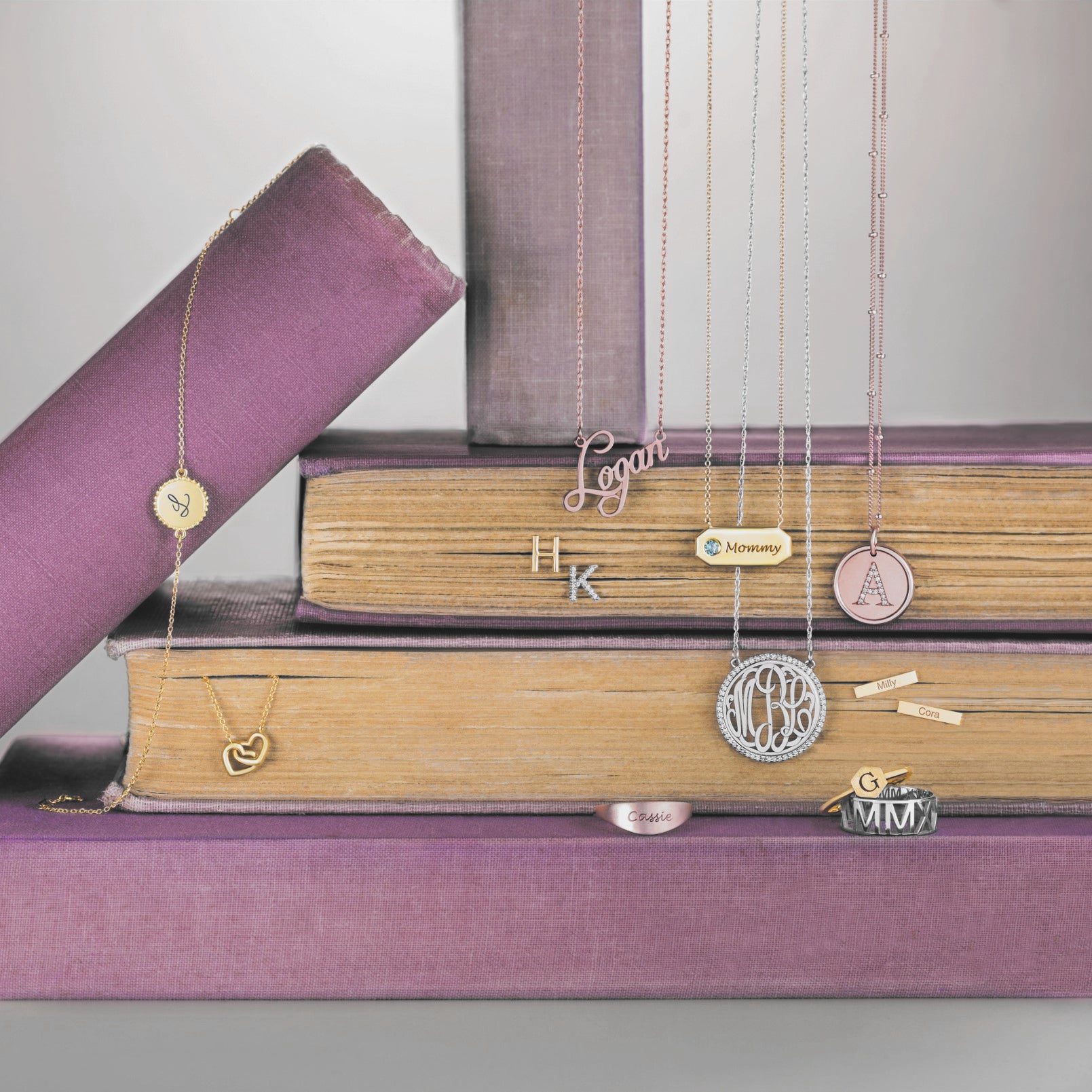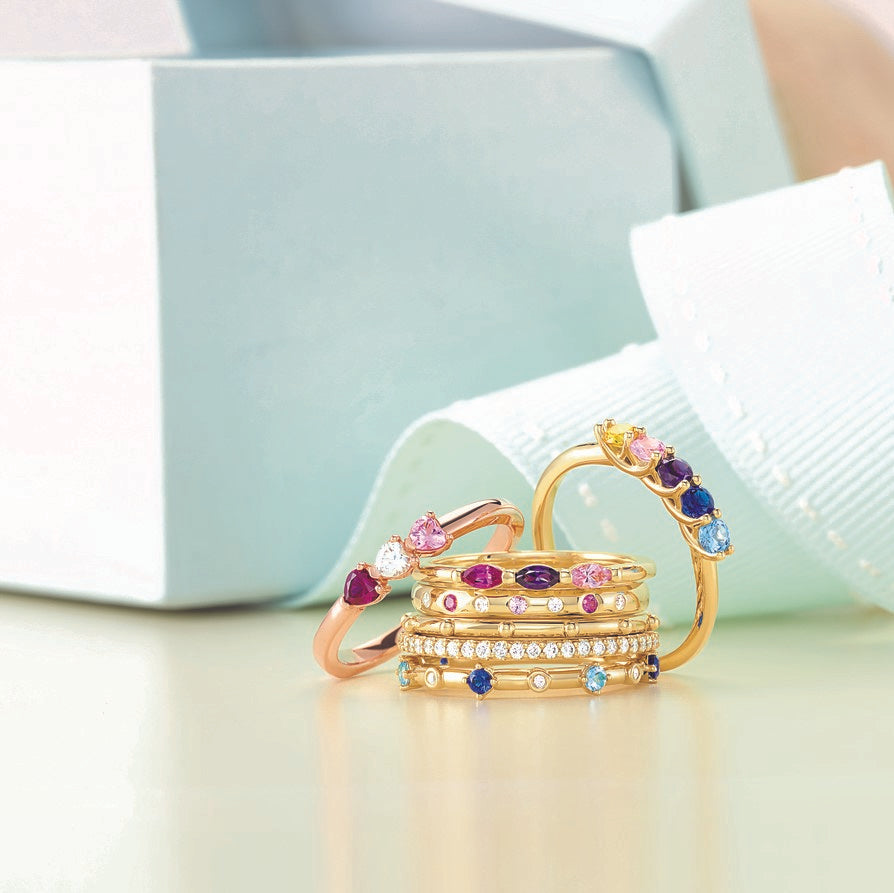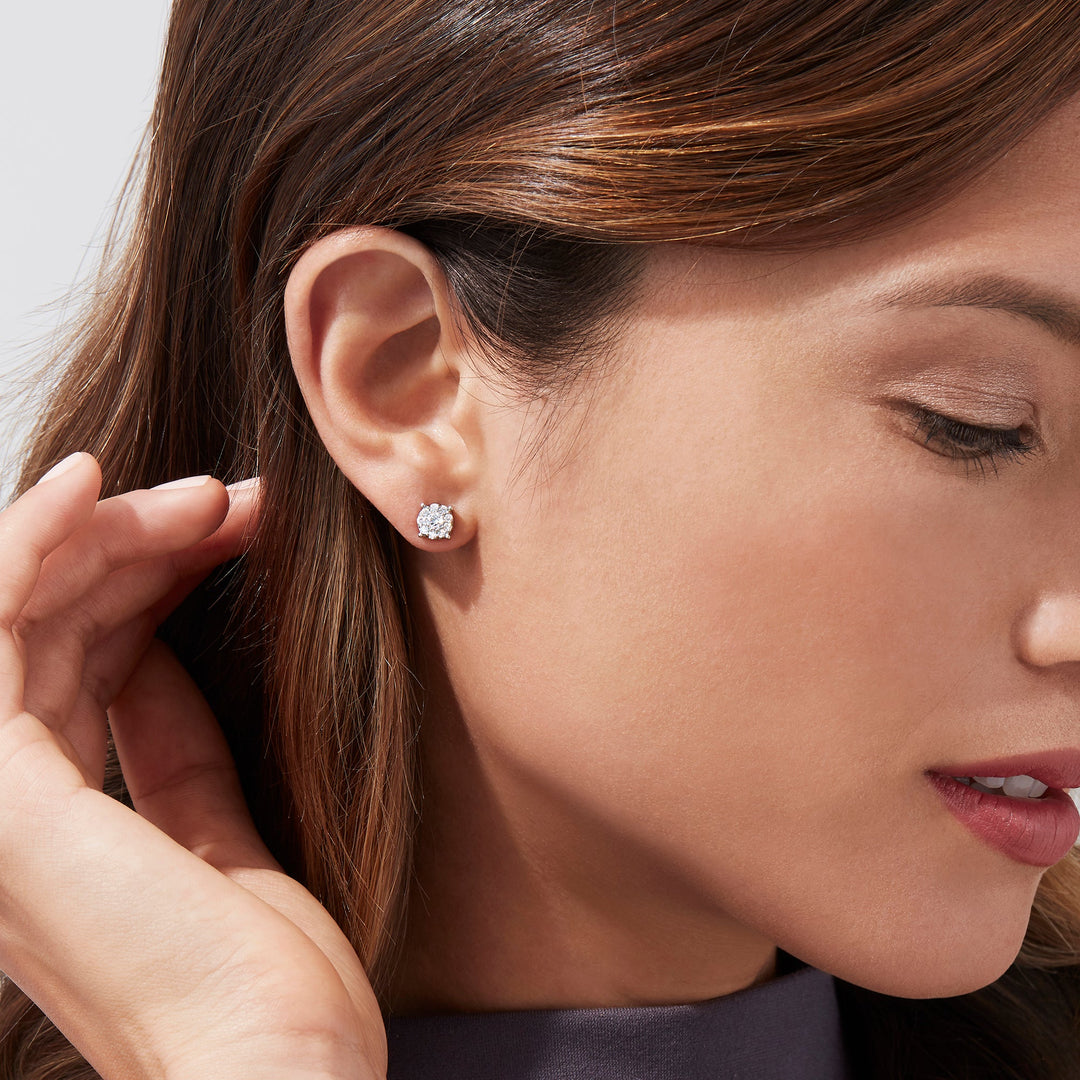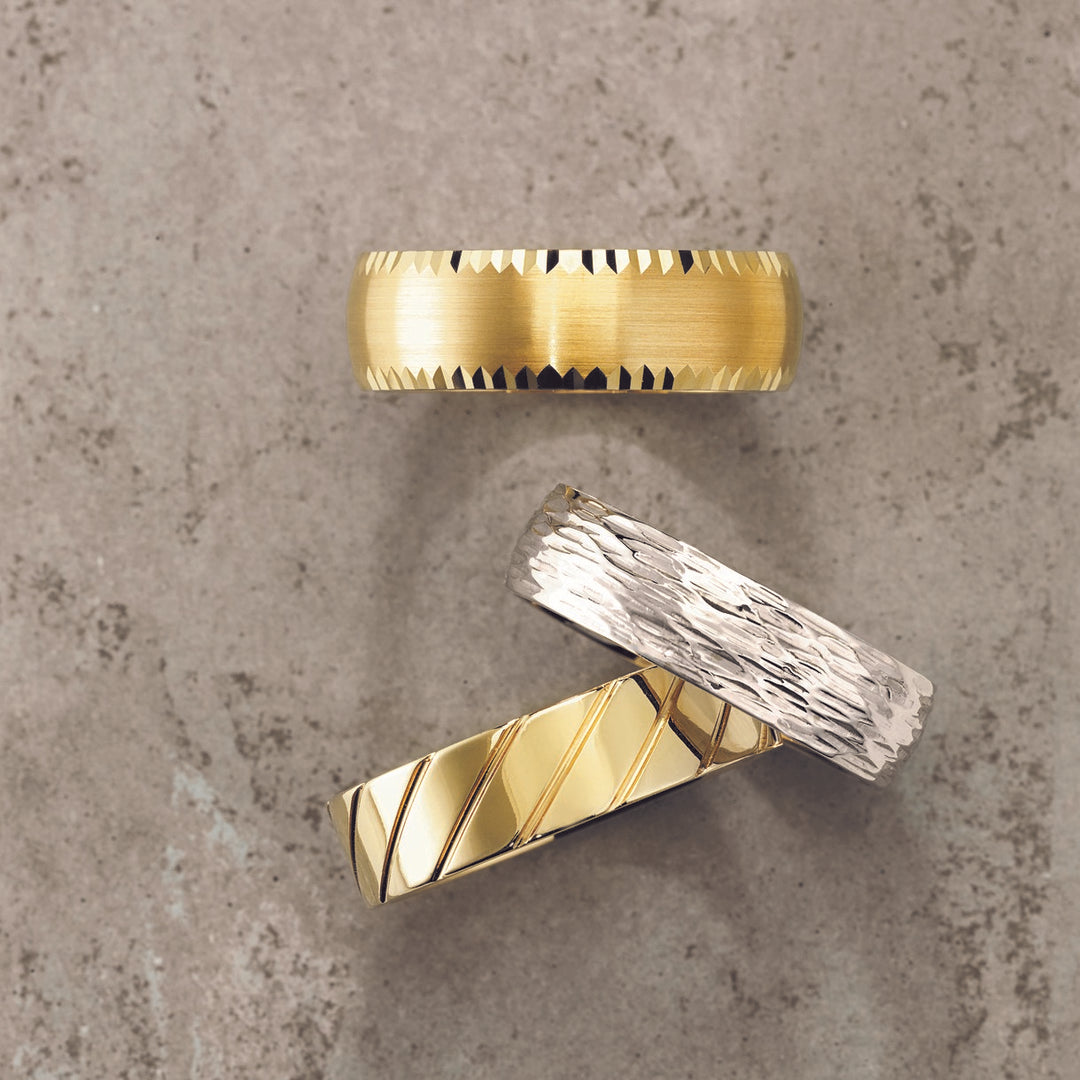Diamonds are renowned for their ability to transmit light and sparkle so intensely. We often think of a diamond's cut as shape (round, emerald, pear), but a diamond's cut grade is really about how well a diamond's facets interact with light.
Precise artistry and workmanship are required to fashion a stone so its proportions, symmetry, and polish deliver the magnificent return of light only possible in a diamond.
The quality of cut is crucial to the diamond's final beauty and value. And of all the 4Cs, it is the most complex and technically difficult to analyze.
The GIA Cut Grading System for the standard round brilliant diamond evaluates seven components. The first three, brightness, fire, and scintillation, consider the diamond's overall face-up appearance. The remaining four, weight ratio, durability, polish, and symmetry, assess a diamond's design and craftsmanship.
- BRIGHTNESS - Internal and external white light reflected from a diamond.
- FIRE - The scattering of white light into all the colors of the rainbow.
- SCINTILLATION - The sparkle a diamond produces, and the pattern of light and dark areas caused by reflections within the diamond.


